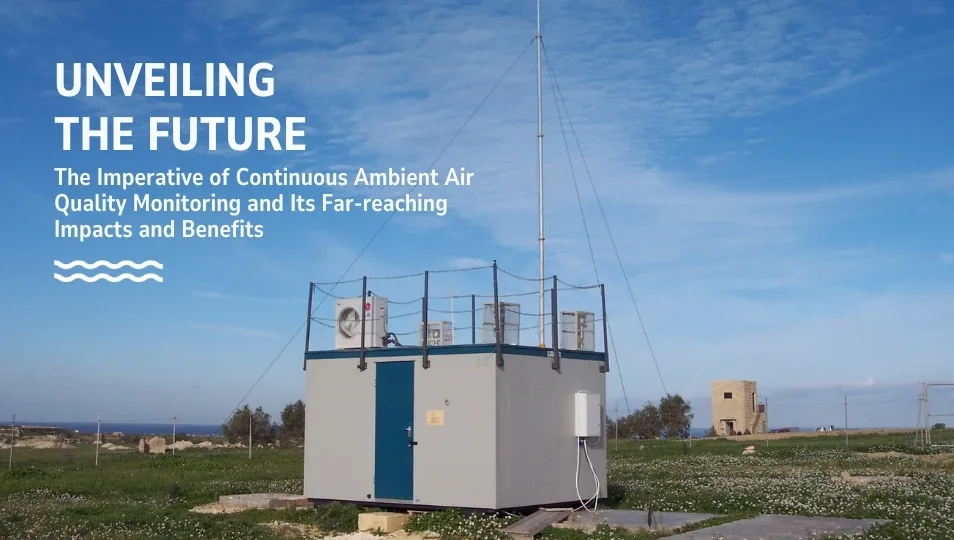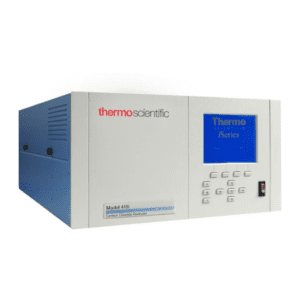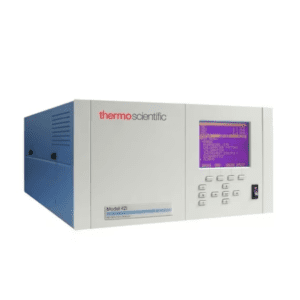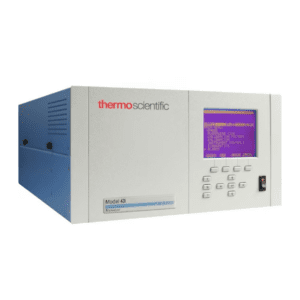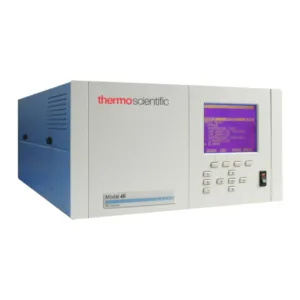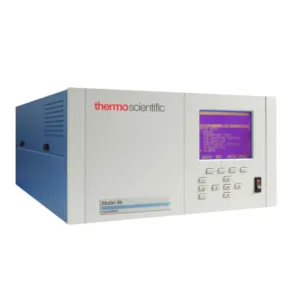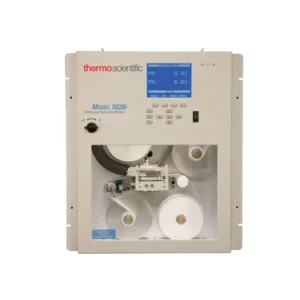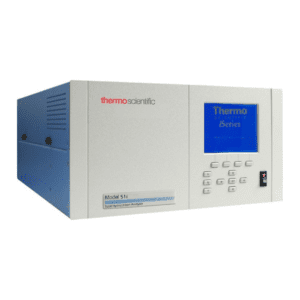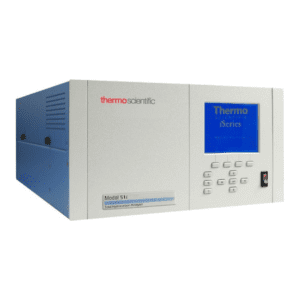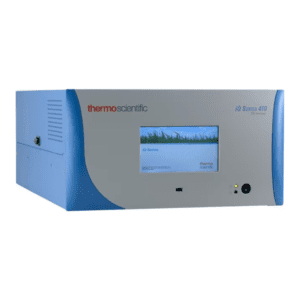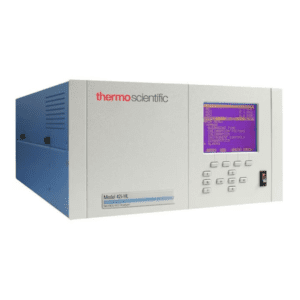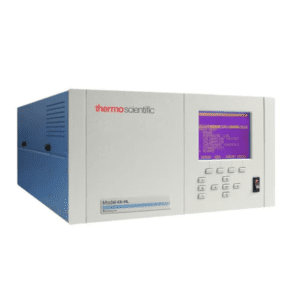Introduction:
In the age of rapid industrialization and urbanization, the quality of the air we breathe has become a pressing concern. To address this challenge head-on, a paradigm shift is required, and Continuous Ambient Air Quality Monitoring (CAAQM) emerges as a transformative solution.
Continuous Ambient Air Quality Monitoring (CAAQM) systems play a pivotal role in assessing and managing air quality in real-time. In this blog, we will explore the critical need for CAAQM, its profound impacts on public health and the environment, the significance of CAAQMS, and delve into the features that make it an indispensable tool for safeguarding our air.
The Urgent Need for Continuous Ambient Air Quality Monitoring:
Complexity of Air Quality Dynamics:
Challenge: Air quality is a dynamic and complex parameter influenced by various sources, including industrial emissions, vehicular activities, and natural processes.
Solution: Continuous monitoring provides a real-time and nuanced understanding of the ever-changing air quality landscape.
Public Health Implications:
Challenge: Poor air quality is linked to a myriad of health issues, including respiratory diseases, cardiovascular problems, and other adverse health effects.
Solution: CAAQM enables the identification of pollution hotspots, allowing for targeted interventions to protect public health.
Regulatory Compliance:
Challenge: Many industries are subject to air quality regulations, and compliance monitoring is crucial for ensuring adherence to established standards.
Solution: Continuous monitoring aids industries in meeting regulatory requirements, avoiding penalties, and promoting responsible environmental practices.
Impacts of Continuous Ambient Air Quality Monitoring:
1. Early Detection of Pollution Events:
Impact: CAAQM allows for the early detection of spikes in pollutant levels, enabling prompt responses to mitigate potential health and environmental risks.
Outcome: Rapid intervention minimizes the impact of pollution events, protecting communities and ecosystems.
2. Data-Driven Decision-Making:
Impact: Real-time data empowers decision-makers with accurate information to formulate effective air quality management strategies.
Outcome: Informed decision-making leads to targeted interventions, resource allocation, and long-term policies that address the root causes of air pollution.
3. Community Empowerment:
Impact: Continuous monitoring fosters community engagement by providing residents with access to real-time air quality information.
Outcome: Informed communities can take proactive measures to reduce personal exposure to pollutants and advocate for sustainable practices.
Understanding Continuous Ambient Air Quality Monitoring:
Real-time Monitoring:
CAAQM systems provide real-time data on air quality parameters such as particulate matter (PM), nitrogen dioxide (NO2), sulfur dioxide (SO2), ozone (O3), carbon monoxide (CO), and more.
Immediate access to data allows for prompt responses to sudden changes in air quality, aiding in the protection of public health.
2. Comprehensive Sensor Array:
Utilizes a network of advanced sensors capable of measuring multiple pollutants simultaneously.
The array includes sensors with varying detection ranges to ensure the monitoring of both common and trace pollutants.
3. Remote Monitoring Stations:
CAAQM systems often consist of strategically placed monitoring stations that cover a wide geographical area.
Remote monitoring enables a holistic view of air quality patterns, helping authorities identify pollution sources and patterns.
4. Data Integration and Analysis:
Integrates data from various monitoring points into a centralized system for comprehensive analysis.
Advanced algorithms and analytical tools process the data, providing insights into pollution trends, sources, and potential health implications.
5. Real-time Alerts and Notifications:
Incorporates an alert system that triggers notifications when pollutant levels exceed predefined thresholds.
Rapid notifications enable timely interventions, such as issuing health advisories or implementing pollution control measures.
6. Weather and Meteorological Integration:
Integrates meteorological data, including temperature, humidity, wind speed, and direction.
Weather data enhances the understanding of pollutant dispersion and helps differentiate between natural and anthropogenic sources.
7. User-Friendly Interfaces:
Offers user-friendly interfaces accessible via web platforms or mobile applications.
Real-time dashboards and historical data visualization empower users to track air quality trends and make informed decisions.
8. Data Transparency:
Promotes transparency by making real-time and historical air quality data available to the public.
Open access encourages community engagement, awareness, and collaboration in addressing air quality challenges.
9. Calibration and Quality Assurance:
Regular calibration of sensors ensures the accuracy and reliability of the collected data.
Quality assurance measures are in place to address potential issues and maintain the integrity of the monitoring system.
Impacts of Continuous Ambient Air Quality Monitoring:
Informed Decision-Making:
Impact: Authorities, policymakers, and industries can make informed decisions based on accurate and up-to-the-minute air quality data.
Benefit: Proactive decision-making leads to more effective air quality management strategies and timely interventions.
Public Awareness and Engagement:
Impact: Real-time air quality information empowers the public with awareness of their immediate surroundings.
Benefit: Informed citizens are better equipped to take preventive measures, influencing behavioral changes and promoting collective efforts to reduce pollution.
Emission Source Identification:
Impact: Continuous Emission Monitoring (CEM) capabilities within CAAQM aid in pinpointing specific sources of emissions.
Benefit: Industries can track their compliance with emission standards, identify inefficiencies, and implement corrective measures to reduce environmental impact.
Health Implications:
Impact: Timely identification of high pollution levels can help mitigate adverse health effects.
Benefit: Public health interventions and advisories can be implemented promptly, safeguarding the well-being of communities.
Advantages of Continuous Ambient Air Quality Monitoring:
Timely Identification of Air Quality Issues:
Benefit: CAAQM provides real-time data on air quality parameters, allowing for the immediate detection of anomalies and spikes in pollution levels.
Impact: Timely identification enables rapid response measures, helping mitigate the impact of sudden pollution events on public health and the environment.
2. Proactive Decision-Making:
Benefit: Decision-makers, authorities, and industries gain access to accurate and up-to-date air quality information.
Impact: Informed decision-making leads to proactive strategies for air quality management, allowing for the implementation of preventive measures and targeted interventions.
3. Public Awareness and Empowerment:
Benefit: CAAQM data is often accessible to the public, fostering awareness of local air quality conditions.
Impact: Empowered with real-time information, citizens can make informed choices, modify behavior, and advocate for cleaner air, contributing to a collective effort for pollution reduction.
4. Comprehensive Monitoring of Various Pollutants:
Benefit: CAAQM systems monitor a wide range of pollutants, including particulate matter, nitrogen dioxide, sulfur dioxide, carbon monoxide, ozone, and volatile organic compounds.
Impact: A holistic view of multiple pollutants allows for a comprehensive understanding of air quality, aiding in the identification of pollution sources and the development of targeted pollution control strategies.
5. Emission Source Identification with Continuous Emission Monitoring (CEM):
Benefit: CAAQM systems equipped with CEM capabilities can identify specific sources of emissions.
Impact: Industries can track their compliance with emission standards, optimize processes, and implement measures to reduce their environmental impact.
6. Health Protection and Public Safety:
Benefit: Continuous monitoring helps in safeguarding public health by providing early warnings during high pollution episodes.
Impact: Public health advisories and interventions can be implemented promptly, protecting vulnerable populations from the adverse effects of poor air quality.
7. Regulatory Compliance:
Benefit: Industries can ensure compliance with air quality regulations through continuous monitoring.
Impact: Regulatory compliance not only avoids legal repercussions but also fosters a culture of environmental responsibility, contributing to sustainable business practices.
8. Data-Driven Policy Formulation:
Benefit: Long-term CAAQM data serves as a valuable resource for researchers and policymakers.
Impact: Evidence-based policies and regulations can be formulated to address air quality issues, contributing to sustainable environmental management.
9. Improved Urban Planning:
Benefit: Continuous air quality data aids urban planners in designing cities that prioritize clean air.
Impact: Zoning and transportation systems can be optimized, leading to sustainable urban development and healthier living spaces.
10. Climate Change Mitigation:
Benefit: Understanding the relationship between air quality and climate change contributes to broader efforts in climate change mitigation.
Impact: CAAQM helps in identifying strategies to reduce greenhouse gas emissions, and aligning air quality management with climate action goals.
Conclusion:
Continuous Ambient Air Quality Monitoring is an indispensable tool in the fight against air pollution. With its real-time capabilities, comprehensive sensor array, and data-driven insights, CAAQM systems contribute to informed decision-making, public awareness, and the development of effective air quality management strategies. As we move towards a more sustainable future, these monitoring systems serve as vital guardians of our most precious resource – the air we breathe.

